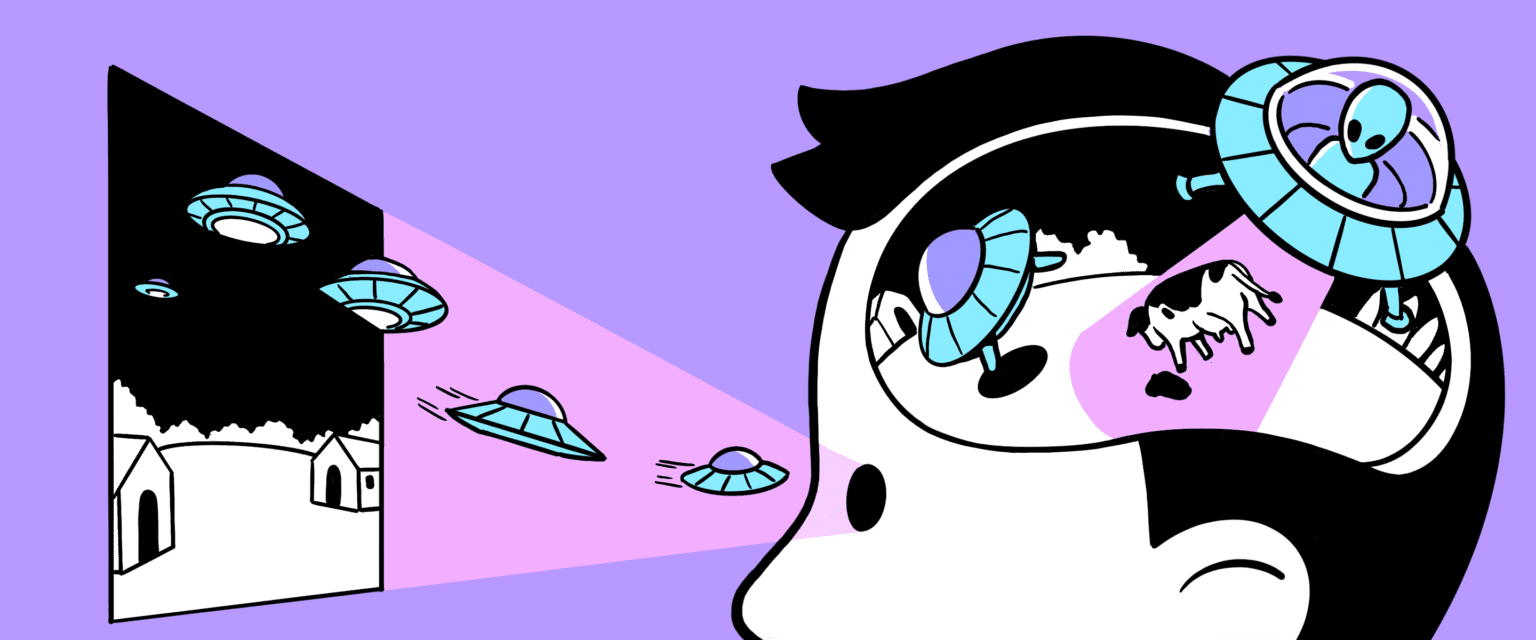POSTED IN
Marketing
WRITTEN BY
Nay Madani
DATE
We often read articles saying that humans are visual creatures. It’s because we mostly see graphical images and other visible things with our eyes. But do you know the essence of visual content in a branding process?
As a business owner and graphic designer, exposing your brand through visual content is a compelling medium. Your audience will capture your brand’s visual content and store it in their memory.
Why does that happen? 90% of information transferred to the brain is visual. In addition, the human brain processes visuals 60,000 times faster than words. Therefore, business owners and graphic designers can harness this ability to improve brand effectiveness by creating compelling visual content.
But how does our brain work when we see visual content?
Our eyes always capture what we see
When we close our eyes, that is the only time we don’t see any visuals. But what happens to the brain when we open our eyes?
First, we will immediately notice the objects around us. There are items like mattresses, rooms, paintings, the sky, other people, and different living things on earth. Moreover, we can remember those objects’ shapes because our eyes constantly connect with the brain’s memory.
These reasons are why this can occur, as reported by Seyens.
Almost half of the human brain is dedicated to processing visual information.
The brain has a light-sensitive retina as an elongation. Inside our brain, hundreds of millions of neurons dedicated to visual processing occupy about 30% of the cortex. Meanwhile, only 8% of neurons function for touch and only 3% for hearing.
Each of the two optic nerves consists of one million fibers that carry signals from the retina to the brain. In addition, the primary visual cortex works with other parts of the brain to process various elements of visual information like colors, shapes, lines, etc. From this, we can prove that visual processes from the eyes dominate the brain.
The brain can identify the object in just 13 milliseconds.
Identifying a briefly viewed object can help the brain decide where to focus its eyes. Shifting our vision from one point to another in a fast motion lasts only 13 milliseconds.
As long as there is light, our eyes can always catch the visual in front of us. So, we can immediately process the visuals we see when we open our eyelids.
Okay, now we know how our brain works when we see a visual. What if you apply this concept to optimize your business by building visual content? Therefore, our brain will quickly absorb and understand information from visual content.
Then, what kind of visual form can we apply to optimize the business?
We can always present our brand in visual content
Visual forms are essential in business and graphic design. If you are still confused about how to showcase it in your business, try making eye-catching content. You can show that your brand has good quality content to build the audience’s trust.
Audiences who see your brand profile will feel that you take your brand seriously. In addition, consistent visual content will make your audience feel more secure, appropriate, and connected when using your product or service.
You can choose the types of visual content for your brand’s products and services in the marketing campaign. Below are the forms of visual content commonly used, particularly in online media.
1. Infographic
You can form your essential pieces in a visual infographic. Infographics display pictures that stimulate the brain to read the text according to the shape and order of the images.
Infographics can be a tool to optimize your website traffic and increase brand awareness. You can also use infographics as content on social media like Instagram and Facebook to increase engagement.


2. Photo
Brands often use a photo as an editorial for a campaign. The main reason is that powerful photos can convey a million pieces of information that words cannot. For example, look at the environmental movement photos conducted by Greenpeace and WWF below.


3. Illustration
When you feel that designs and photos are too mainstream, you can use illustrations to express your brand. It creates unique, imaginative, and eye-catching visuals. Your brand will instantly feel different from other brands on the market. You can apply illustrations on your website and social media.

4. Video
Moving images are the key to conveying long and detailed information. There are various kinds of videos that you can make. Nonetheless, using audio becomes an essential element that supports video. For example, there is a video containing the autonomous sensory meridian response (ASMR) in cooking tutorials. You can convey information without words through videos. Upload your videos on social media like Instagram, YouTube, and TikTok.
Now, see tips for optimizing online media to showcase your brand.
Utilize online media to showcase your appearance
We reiterate that the human brain is faster at processing messages through visuals. So, don’t hesitate to create informative and attractive visual content to showcase your brand in online media.
You can follow these tips before uploading visual content on online media.
- Optimize your photos, images, and other visuals for various social media platforms.
- Use a consistent image style. For example, your profile and cover photos should complement one another. Also, don’t forget to use a template to ensure consistency in your brand’s visuals.
- Create valuable and shareable content.
- Make sure each visual points to your website, social media, or direct contact channel.
Now, take your first step towards creating a great brand visual. First, don’t forget to utilize online media to showcase your brand. Then, take advantage of how the human brain works by making a great brand design!


